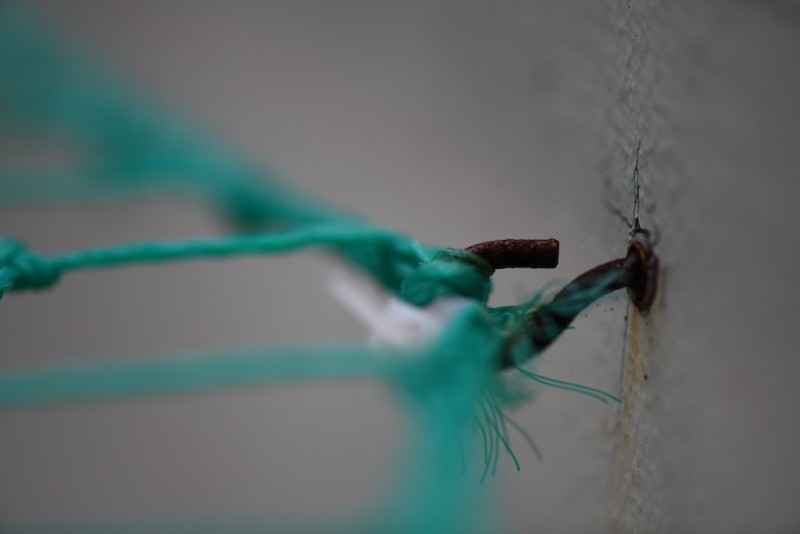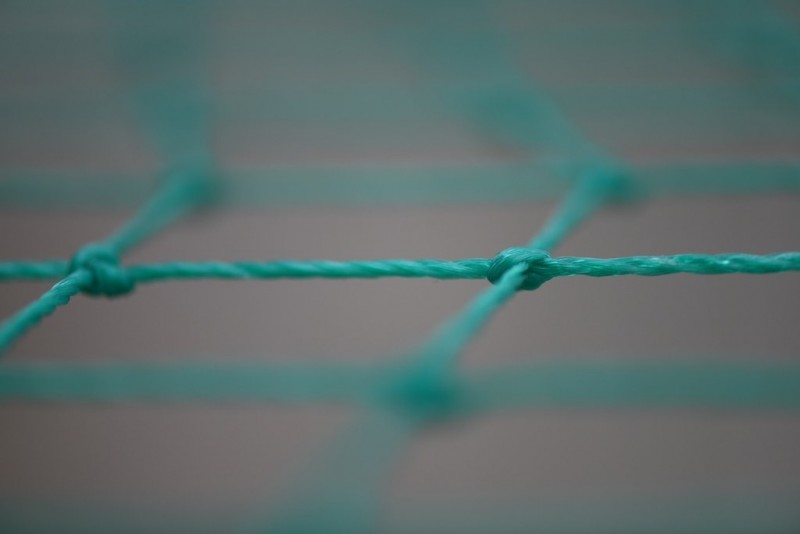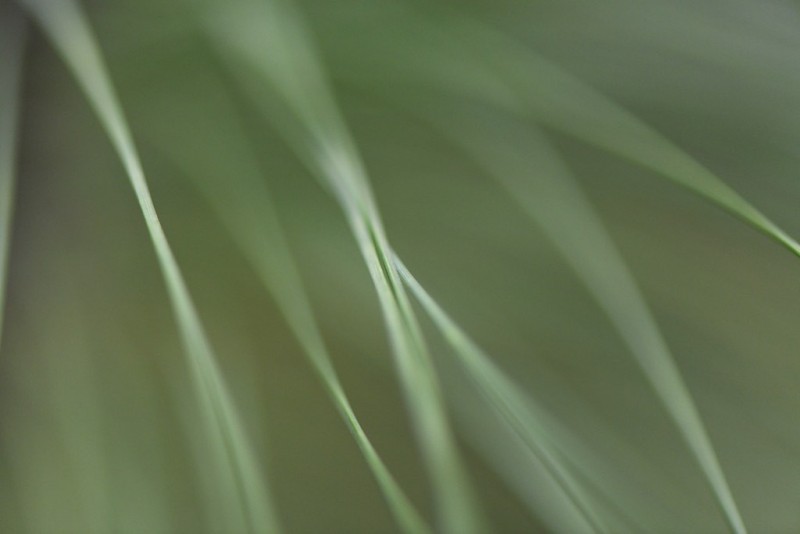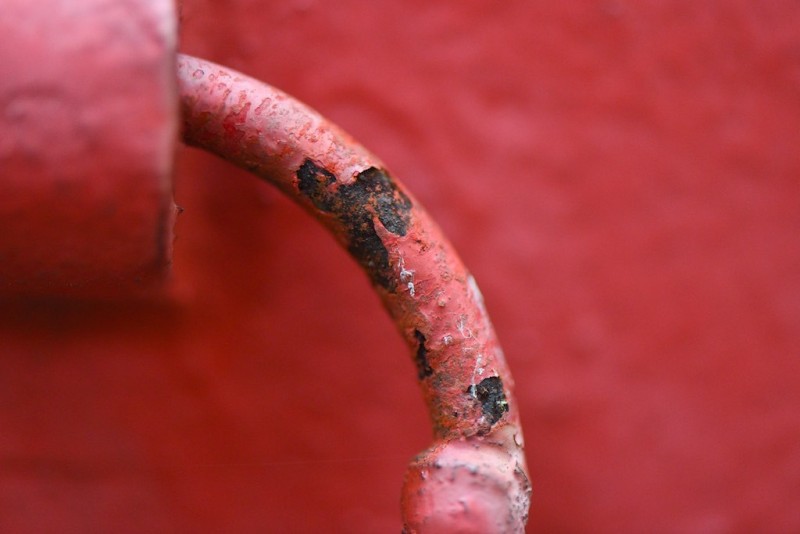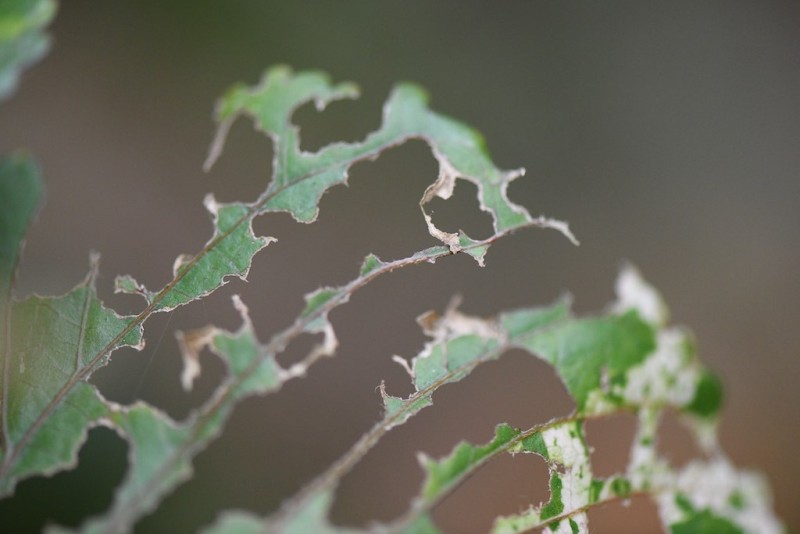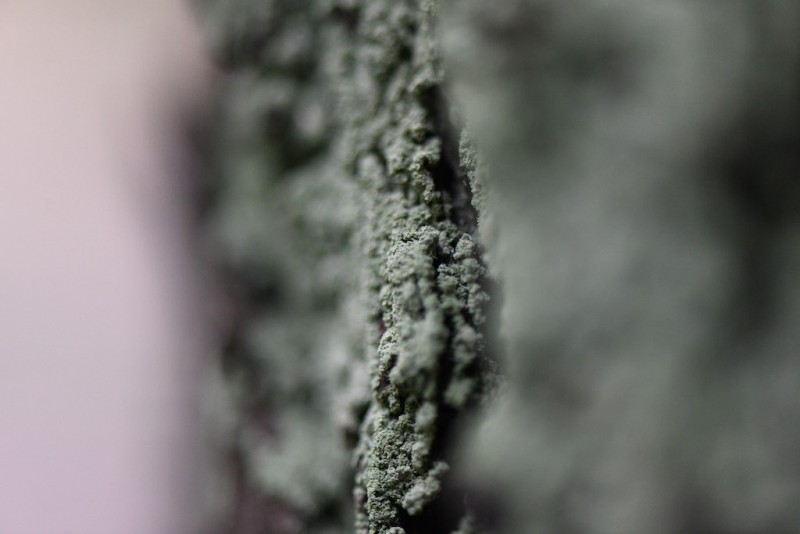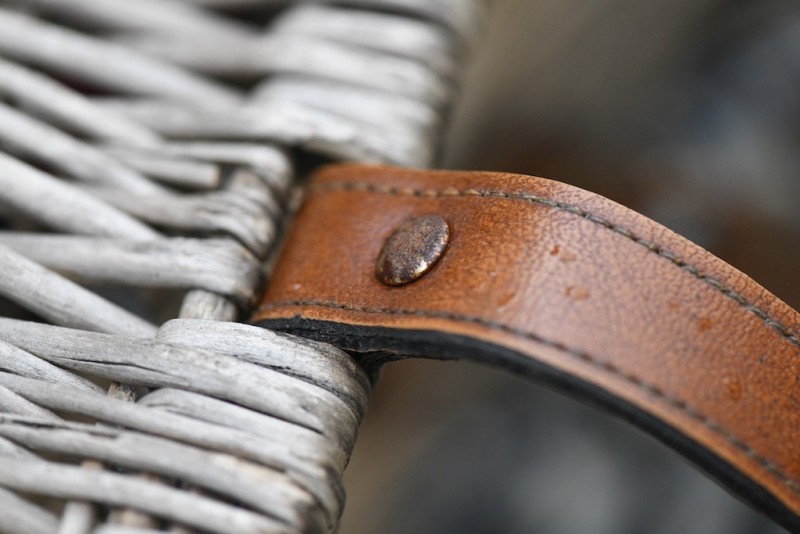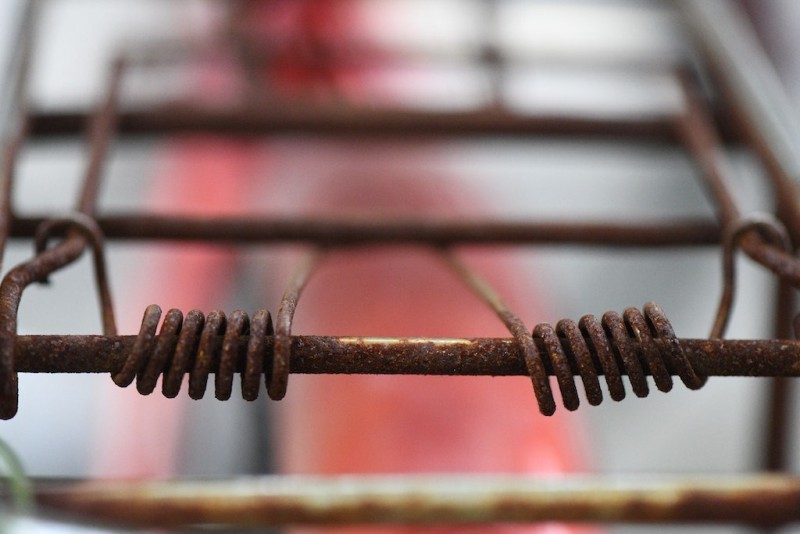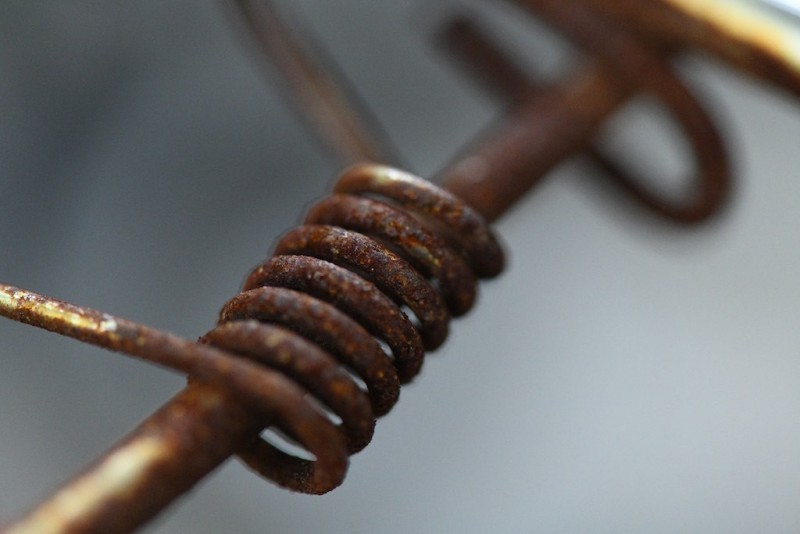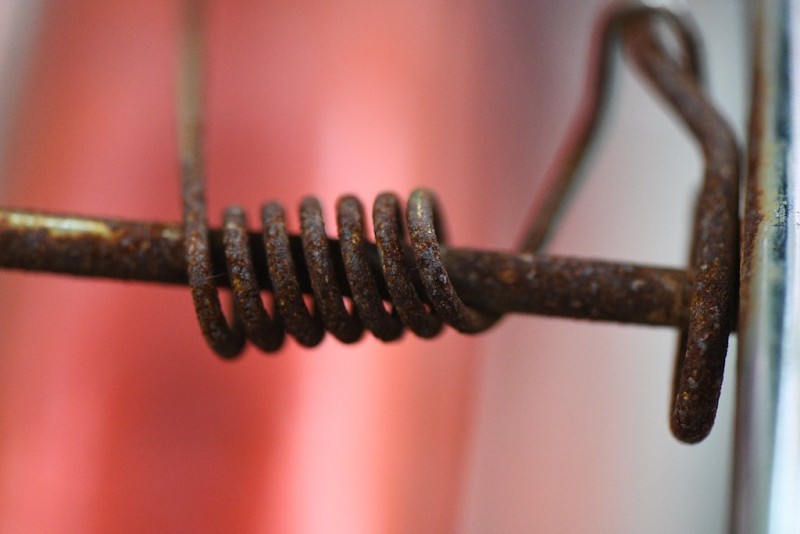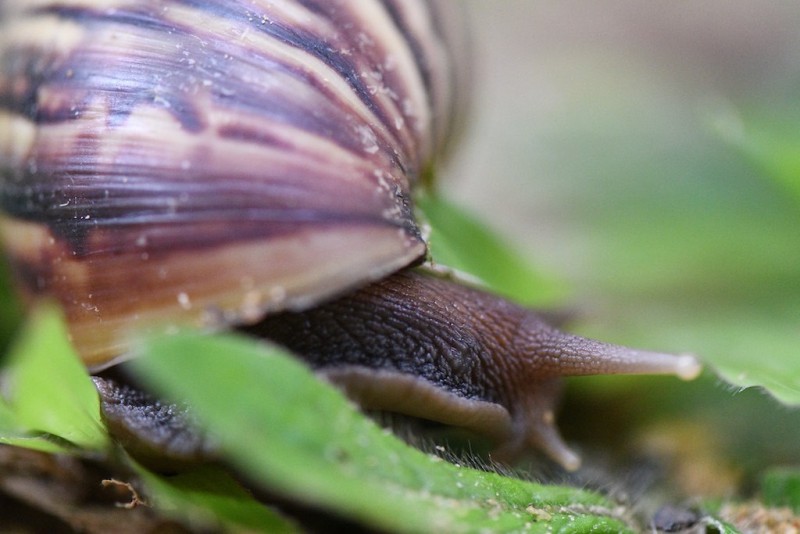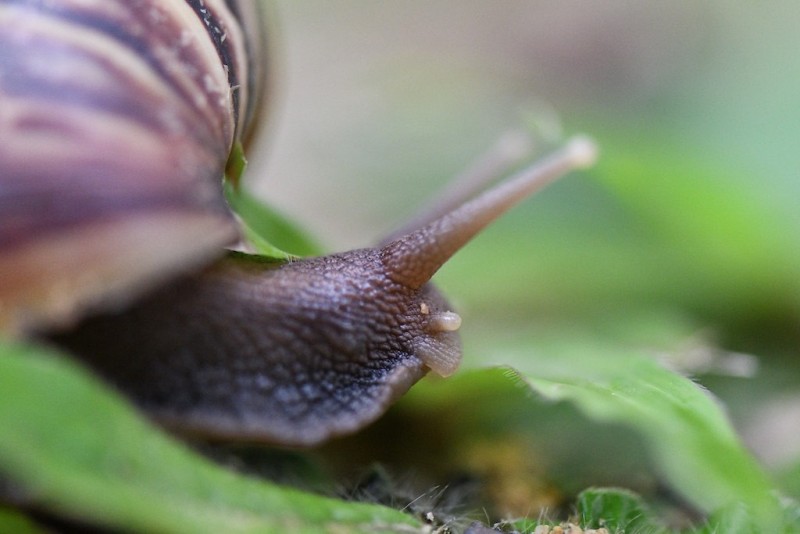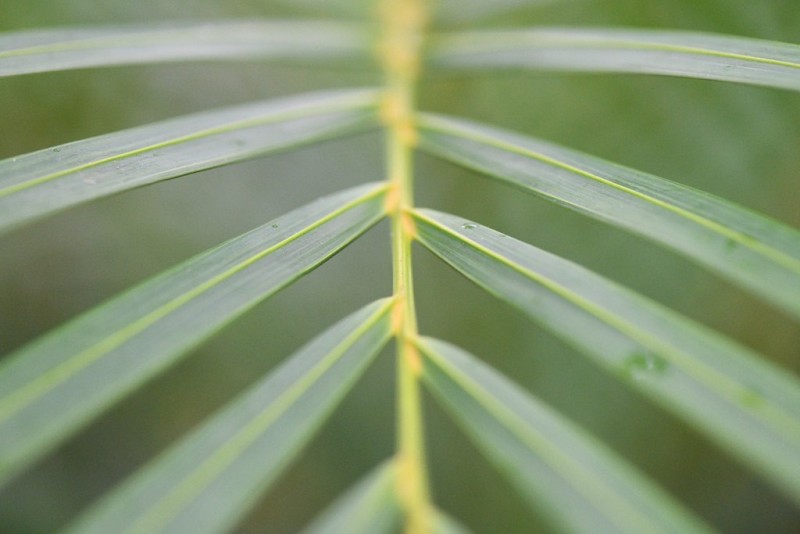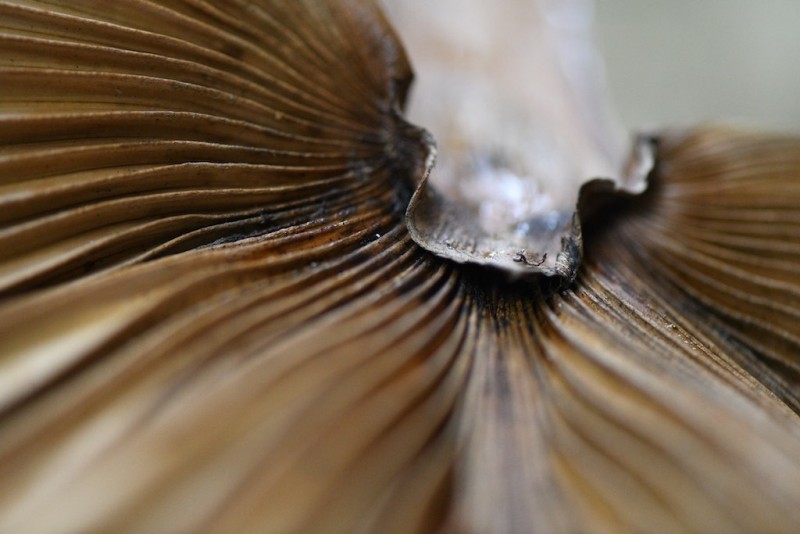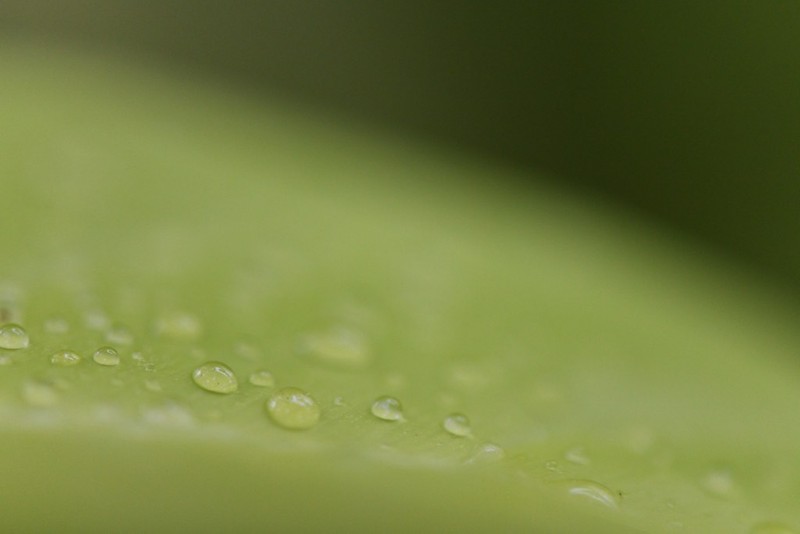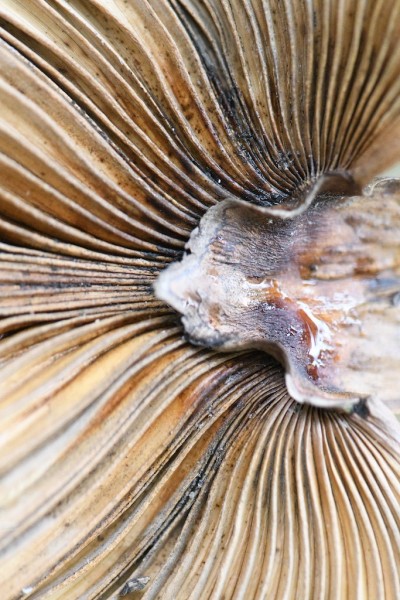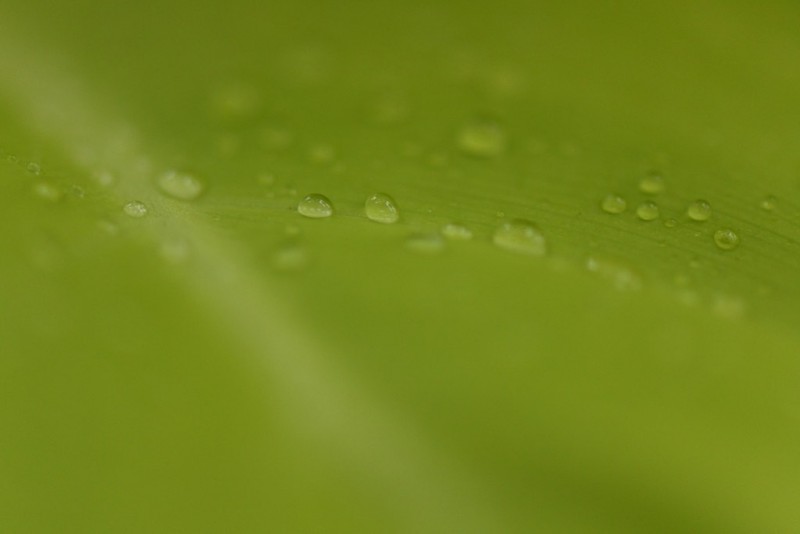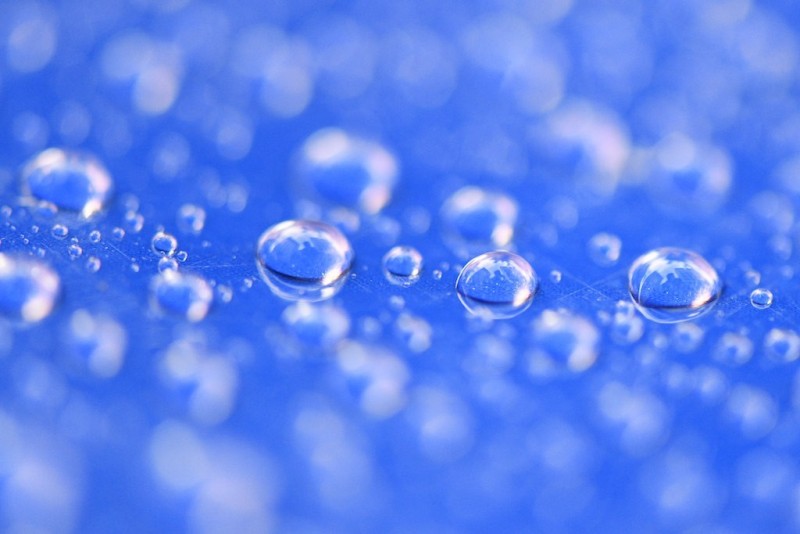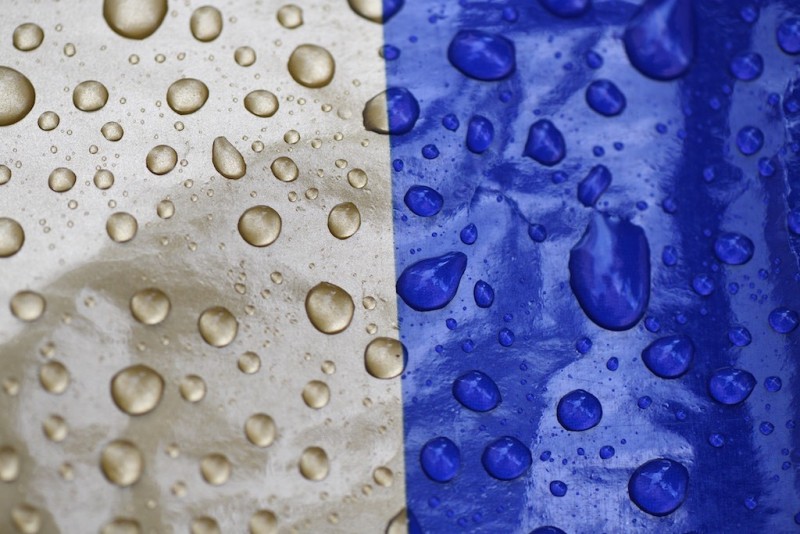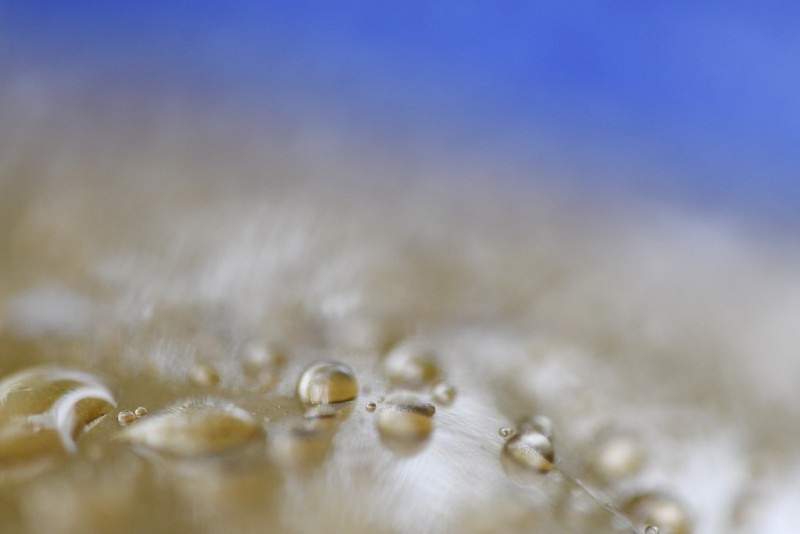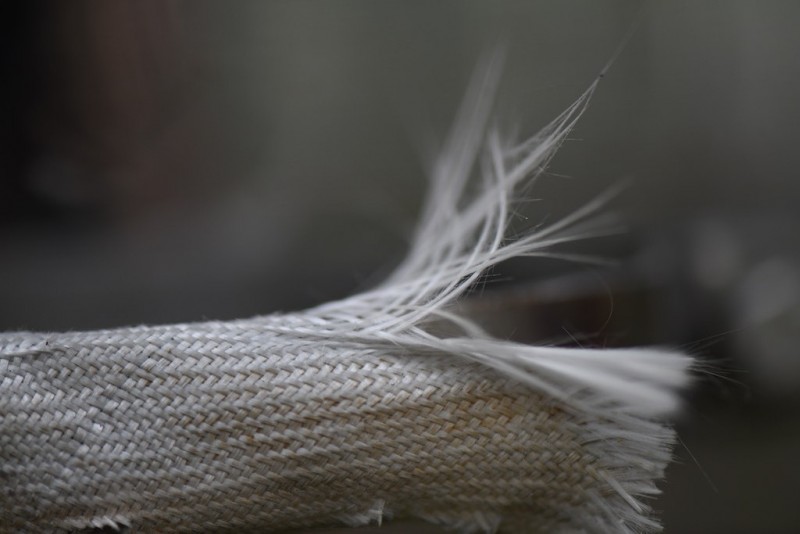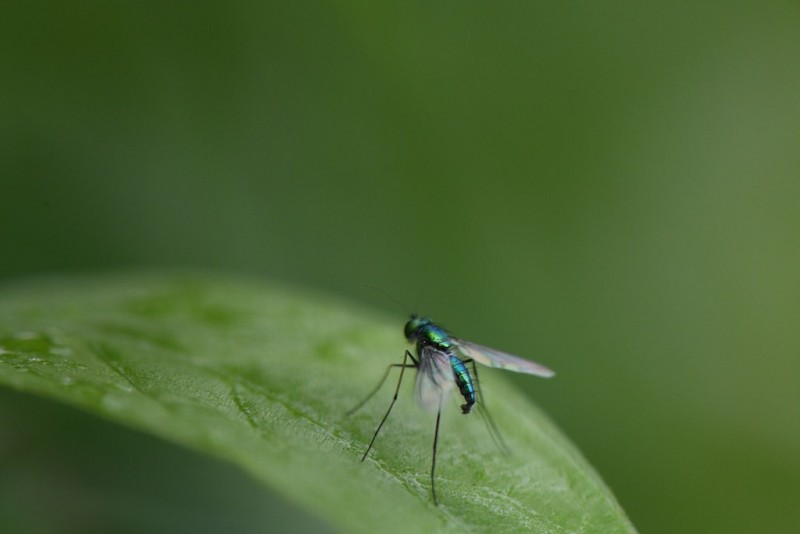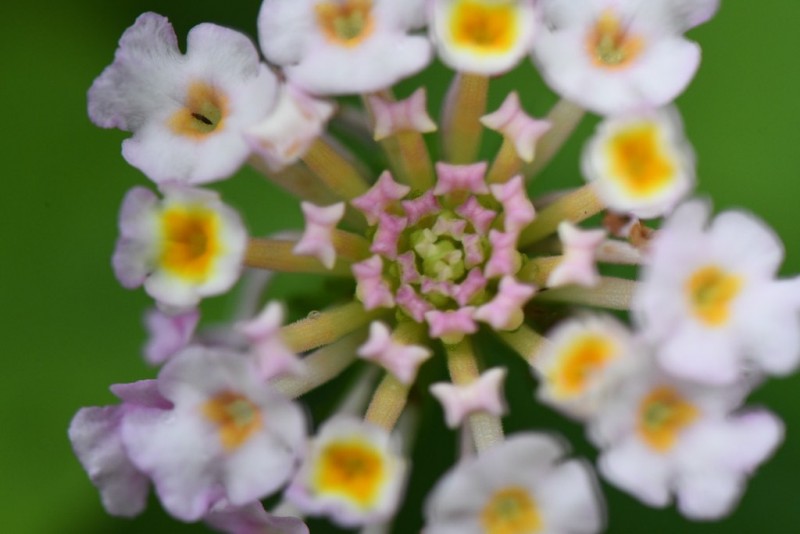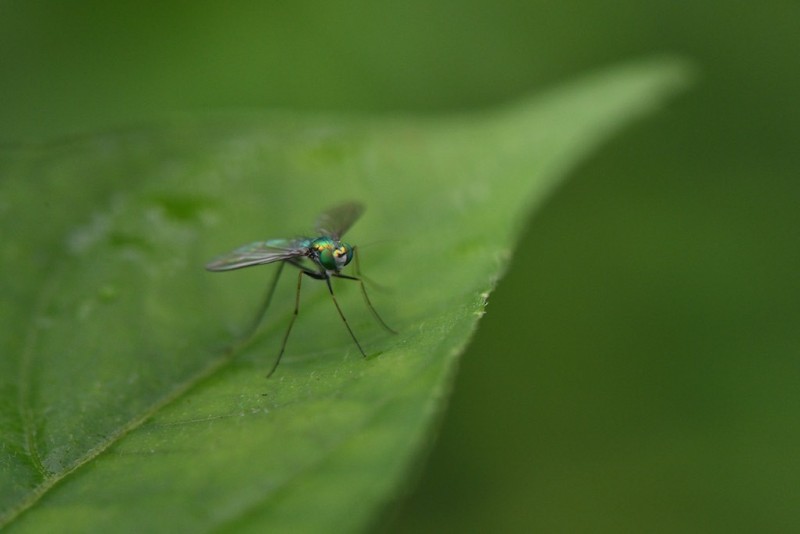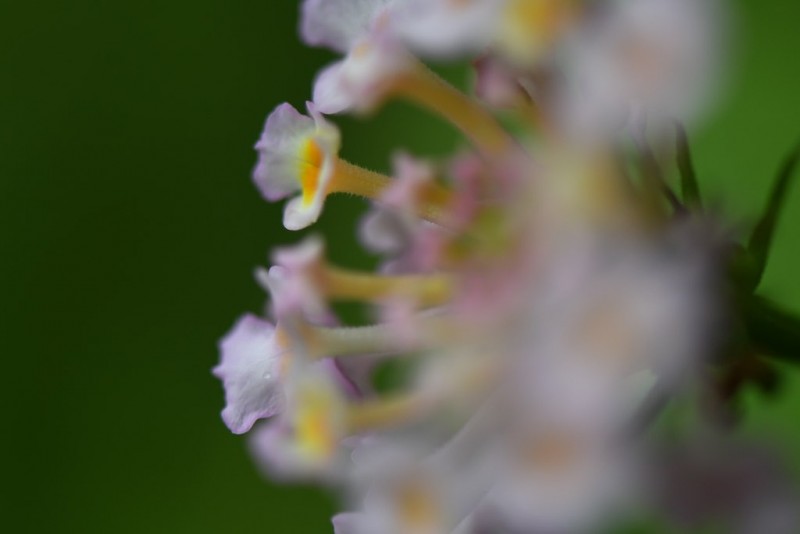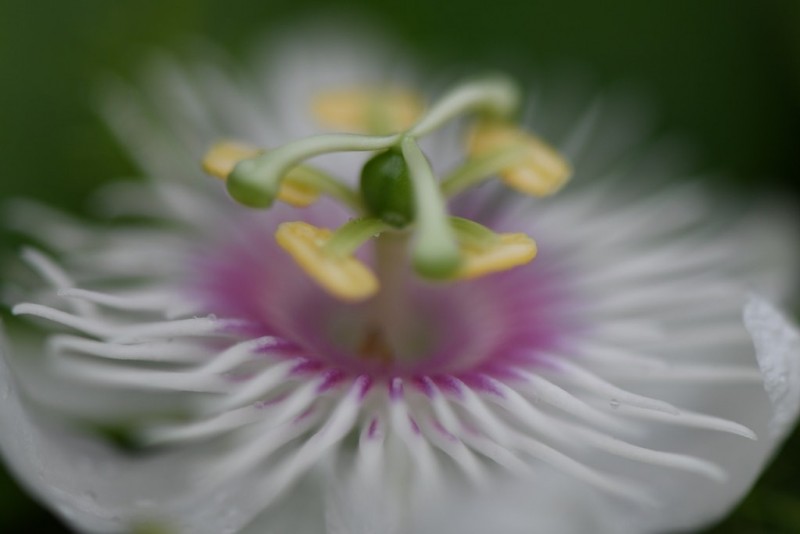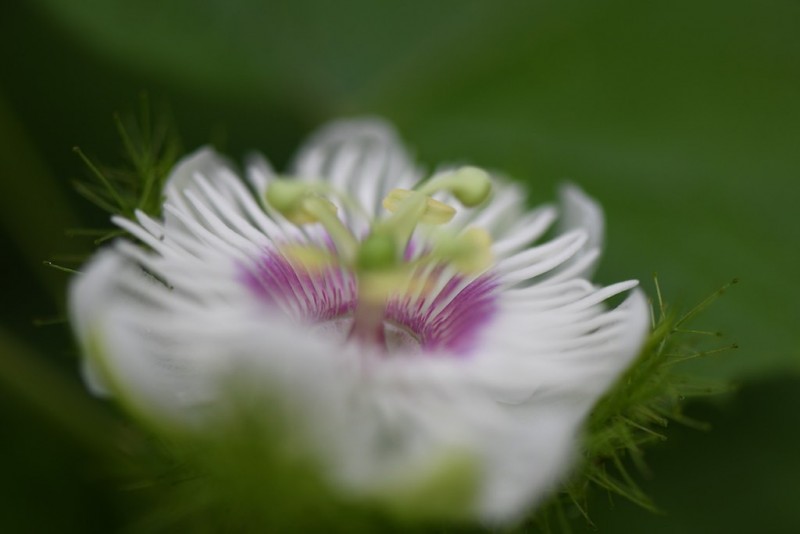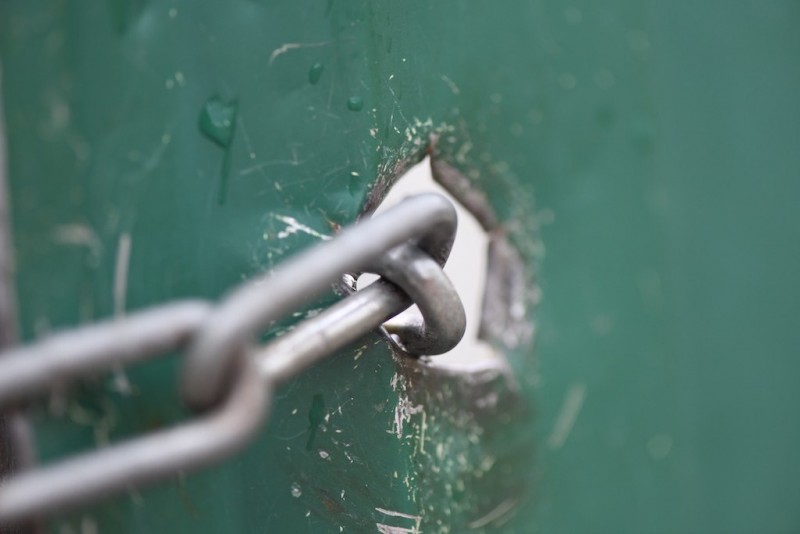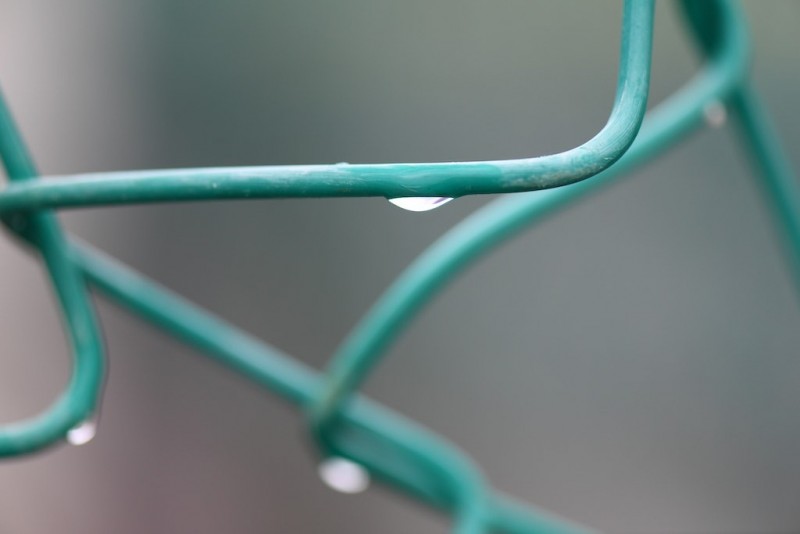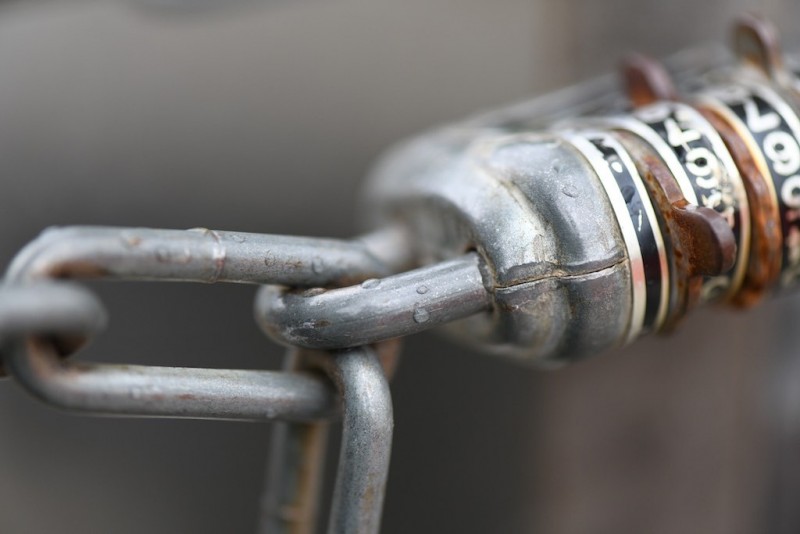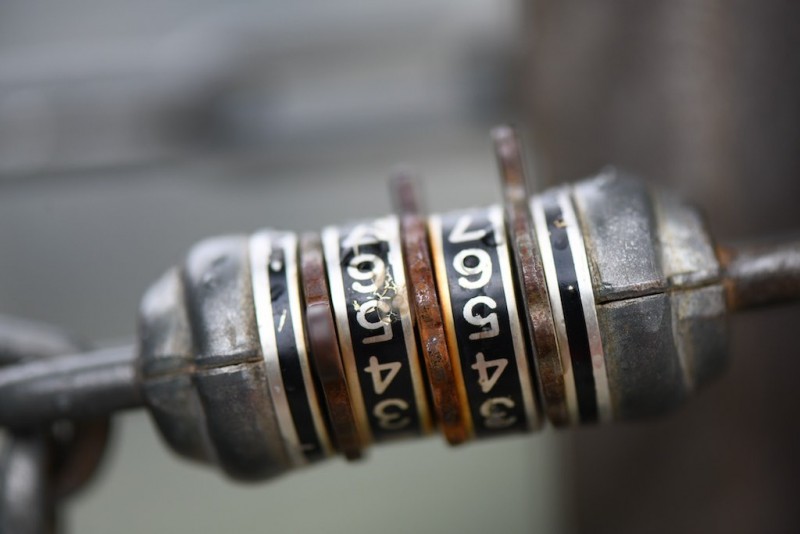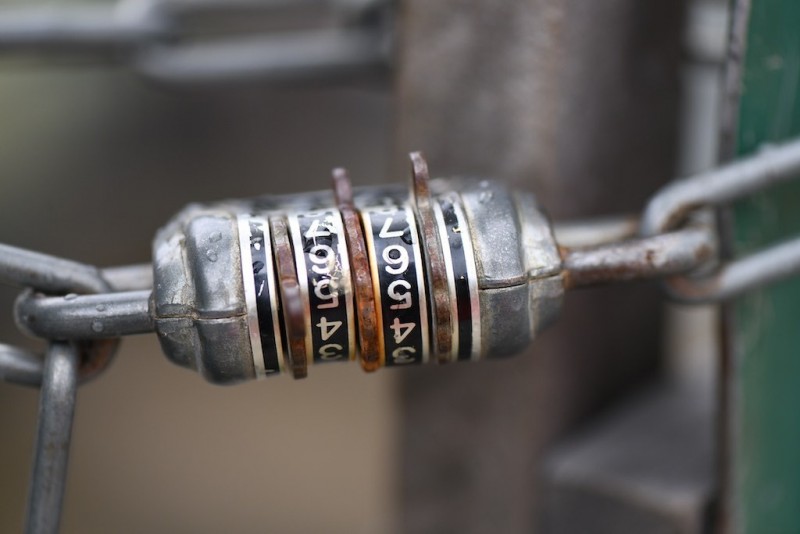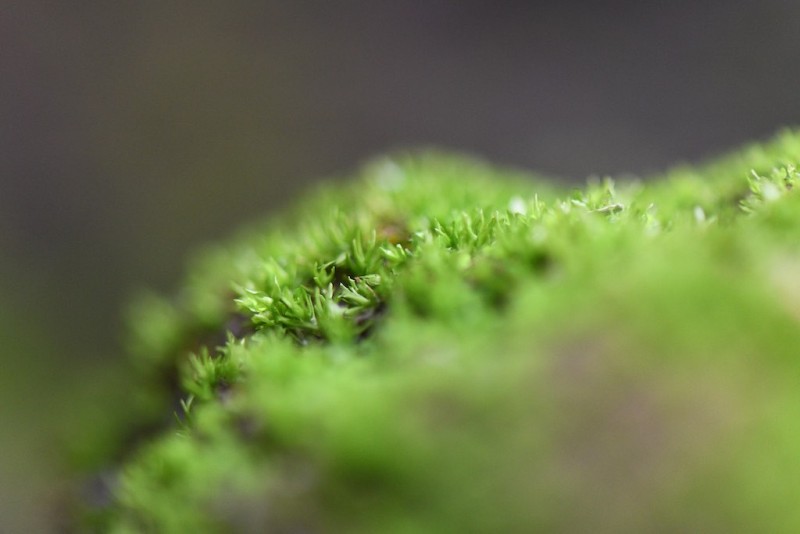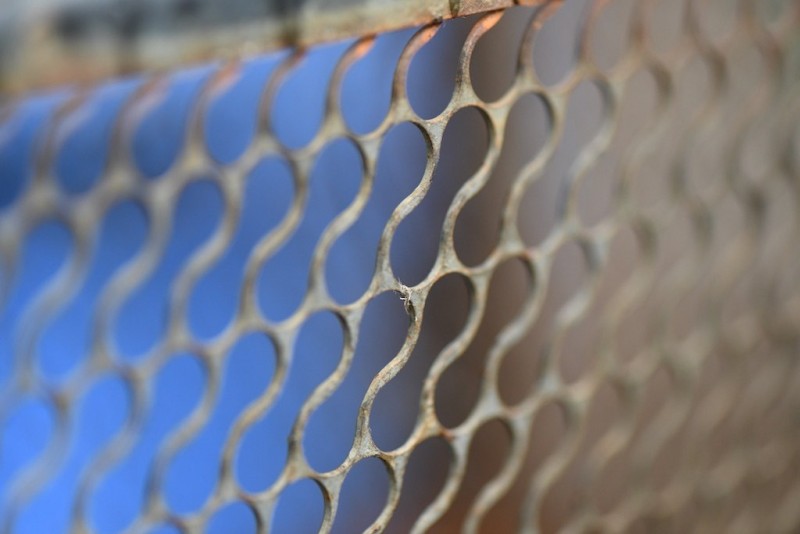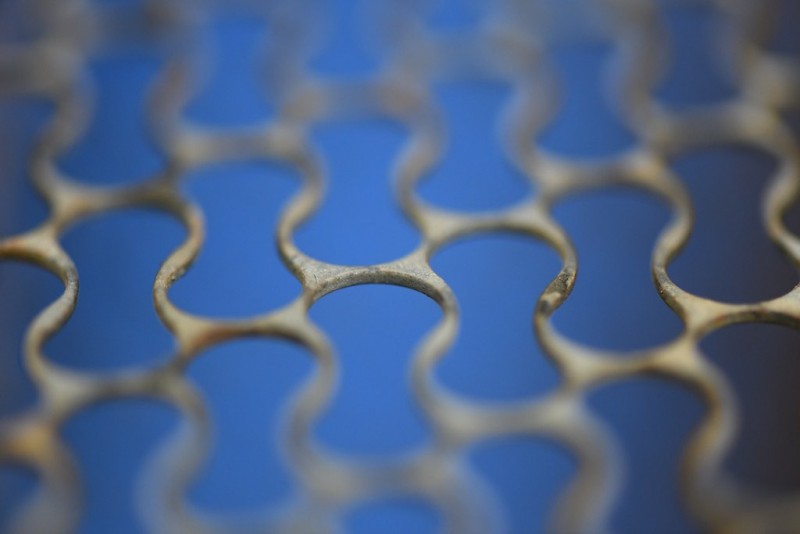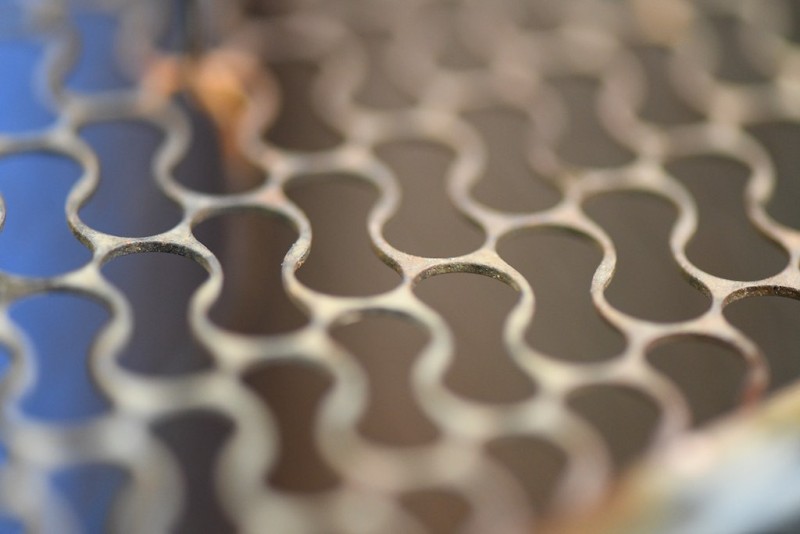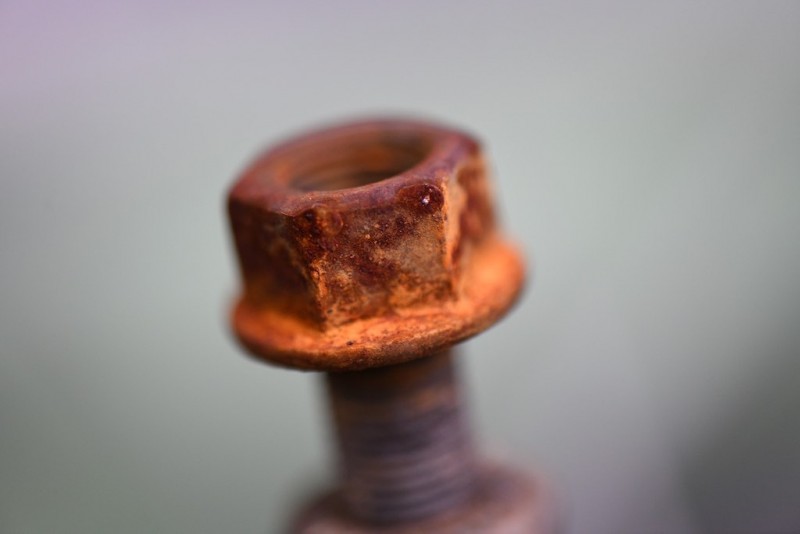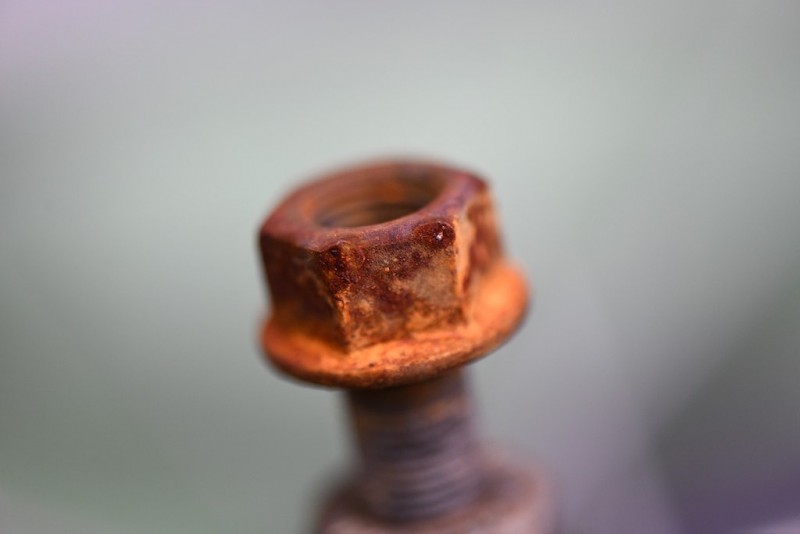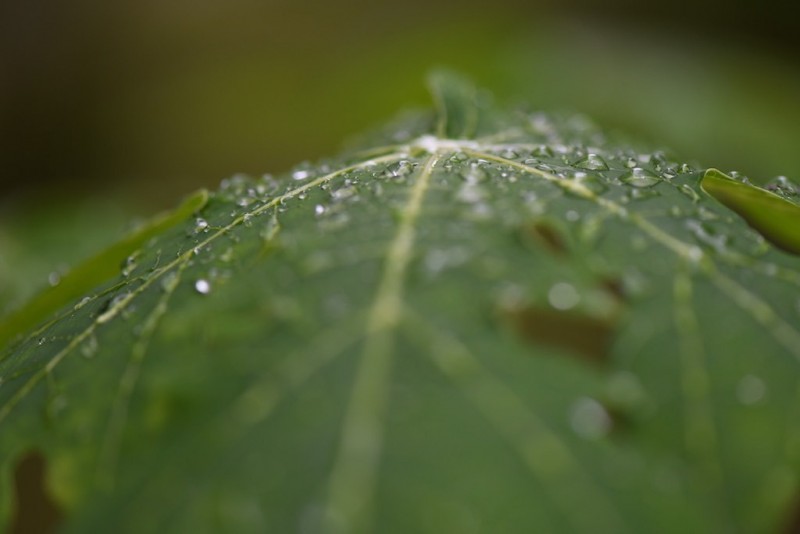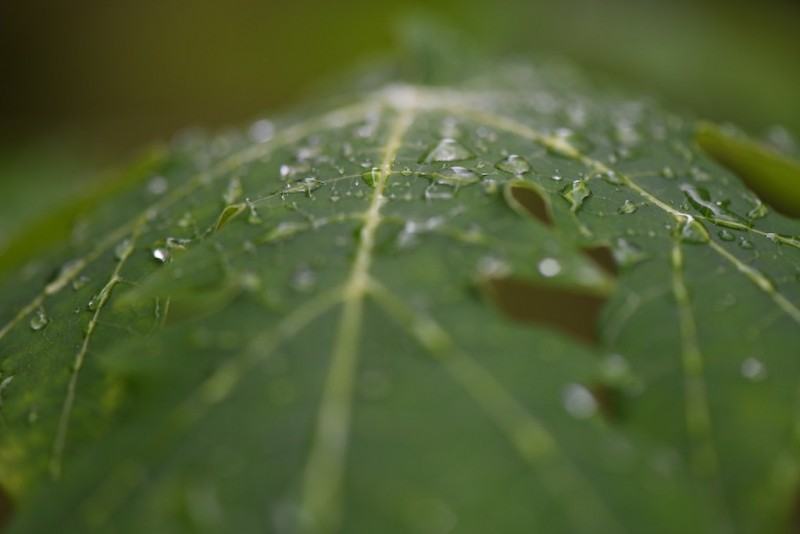My first ever lens was a lens that zoomed from wide angle to telephoto – a Tamron 28-200mm. It was a great lens to learn with but one of the things that I noticed right away was that I couldn’t get very close to my subject.
I loved looking for details so much that the next lens I bought was the legendary Tamron 90mm macro lens. The macro lens opened up a whole new world for me and my photography. There were images to be found everywhere.
What does a macro lens do that other lenses don’t?
All lenses have a minimum focusing distance and a maximum reproduction ratio. The minimum focusing distance is how close the subject can be to the focal plane (where the image focuses). The focal plane is where your camera’s sensor is located and not the front of the lens. So a lens with a minimum focusing distance of 30cm means that the sensor of the camera can get as close as 30cm from your subject. Which in many situations may seem great except when you are trying to get close to a butterfly or something else that will fly or run away.

The maximum reproduction ratio of a lens is largest that you can make a subject on you camera’s sensor compared to how big it is in real life. It is often expresses as a ratio or simply as a maximum magnification number. So for example, a common lens that comes with beginner DSLRs, the Nikon 18-105mm has a reproduction ratio of 1:5 or a maximum magnification of 0.2X. So a subject that is 2cm big would be 0.4cm on your sensor (2cm x 0.2 =0.4cm).
Macro lenses have a maximum magnification ratio of 1:1 which means that however big the subject is in real life, it will be the same size on your sensor. So that 2cm object from before will be 2cm on your sensor.
I realized really quickly that focusing with a macro lens wasn’t always easy, especially with the older version of the Tamron 90mm macro and my Nikon 801S. My particular version of the Tamron didn’t have internal focusing so the lens actually doubled in size when focusing. It wasn’t very quick at focusing so I ended up using it in manual focus a lot of the time.
After a number of years, I eventually purchased the amazing Nikon 105mm F2.8 macro lens. It has internal focusing so the lens doesn’t change size when focusing and the AFS motor meant that the focusing was much faster and quieter.

A macro lens allowed me to find and capture pictures anywhere. And that is what this challenge is about. I wanted to step outside my door and look around for interesting images close to home.
The Nikon 105mm F2.8 macro is pretty good with autofocus but when I got really close I sometimes it is difficult to get the focus point exactly where you want it when you have high magnification. So I switched into manual focus and just moved my camera slightly closer and further away from my subject. This technique works really well and allows me to not worry so much about having the focus point right on the spot I need it to be.
I usually turn my frame advance mode to high and shoot in short bursts to as sometimes the change in focus may differ slightly between frames.
Check out the Outside Your Door Macro Challenge
Thanks for all your support. As an Amazon Associate I earn from qualifying purchases.
